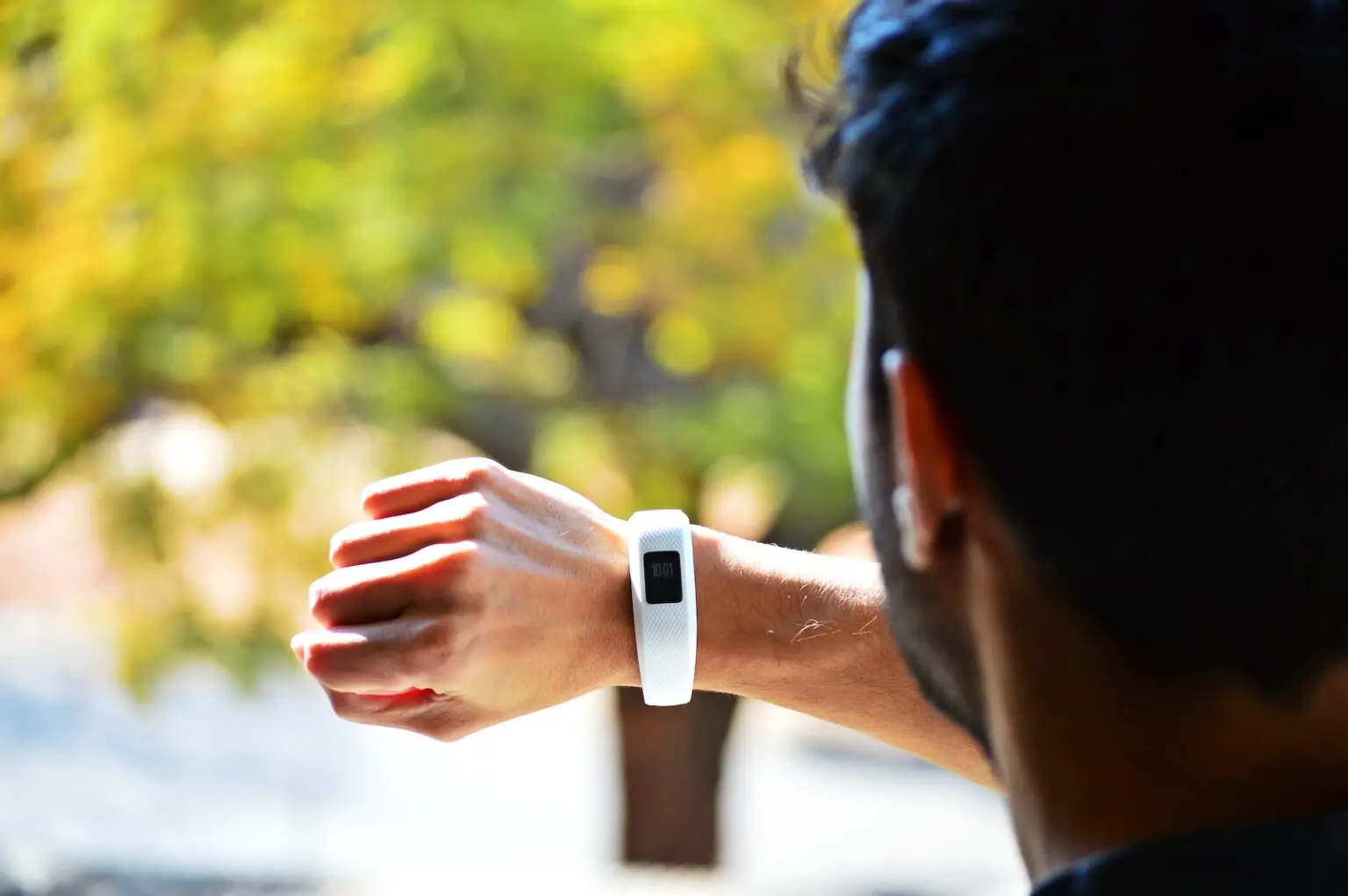The Importance of Monitoring and Controlling Blood Pressure
High blood pressure, also known as hypertension, is a common medical condition that affects millions of people worldwide. It is often referred to as the “silent killer” because it can lead to serious complications such as heart disease, stroke, and kidney damage without showing any noticeable symptoms. That is why regular monitoring and controlling of blood pressure are essential for maintaining good health.
The Role of Smartwatches in Blood Pressure Management
In recent years, smartwatches have emerged as a popular tool for tracking various health parameters, including blood pressure. These wearable devices equipped with advanced sensors and monitoring mechanisms can provide users with real-time data about their blood pressure levels. By regularly monitoring their blood pressure, individuals can detect any abnormalities early on and take necessary preventive measures.
The Mechanisms Behind Smartwatch Blood Pressure Monitoring
Smartwatches utilize two main mechanisms to monitor blood pressure: optical sensors and inflatable cuffs. Optical sensors help measure the pulse rate, while inflatable cuffs are used to measure the blood pressure directly. When someone wears a smartwatch, the optical sensors detect the changes in the blood flow through the wrist and calculate the pulse rate. Some smartwatches also incorporate inflatable cuffs that can be attached to the forearm for more accurate blood pressure readings.
The Benefits of Monitoring Blood Pressure with Smartwatches
The use of smartwatches for monitoring blood pressure offers several benefits. Firstly, it allows individuals to track their blood pressure levels conveniently at any time and place. This constant monitoring helps individuals become more aware of their blood pressure patterns and make necessary lifestyle adjustments to keep it within a healthy range.
Data analysis is another crucial aspect of smartwatch blood pressure monitoring. These devices collect data over time, enabling users and healthcare professionals to analyze trends and identify any potential risk factors. By understanding these patterns, individuals can take proactive steps towards managing their blood pressure effectively.
The Importance of Hydration and Lifestyle
In addition to regular blood pressure monitoring, maintaining proper hydration is essential for managing blood pressure levels. Dehydration can lead to increased blood pressure and put added strain on the cardiovascular system. Therefore, individuals should strive to drink an adequate amount of water daily as part of their blood pressure management routine.
Lifestyle choices also play a significant role in blood pressure control. Regular exercise, following a balanced diet low in sodium and saturated fats, managing stress levels, and avoiding smoking and excessive alcohol consumption are all crucial steps in maintaining a healthy blood pressure level.
The Role of GPS and Music in Encouraging Physical Activity
Smartwatches not only help monitor blood pressure but also provide additional features that can promote physical activity. Many smartwatches come equipped with GPS functionality that enables users to track their routes and distances while running, hiking, or cycling. This feature encourages individuals to engage in outdoor activities and stay active, which in turn can have a positive impact on blood pressure management.
Moreover, music can be a great motivator during workouts. Numerous smartwatches allow users to synchronize their music playlists, providing an enjoyable and immersive experience while exercising. Music can help individuals stay motivated, increase their endurance, and make physical activity more enjoyable, ultimately contributing to better blood pressure control.


